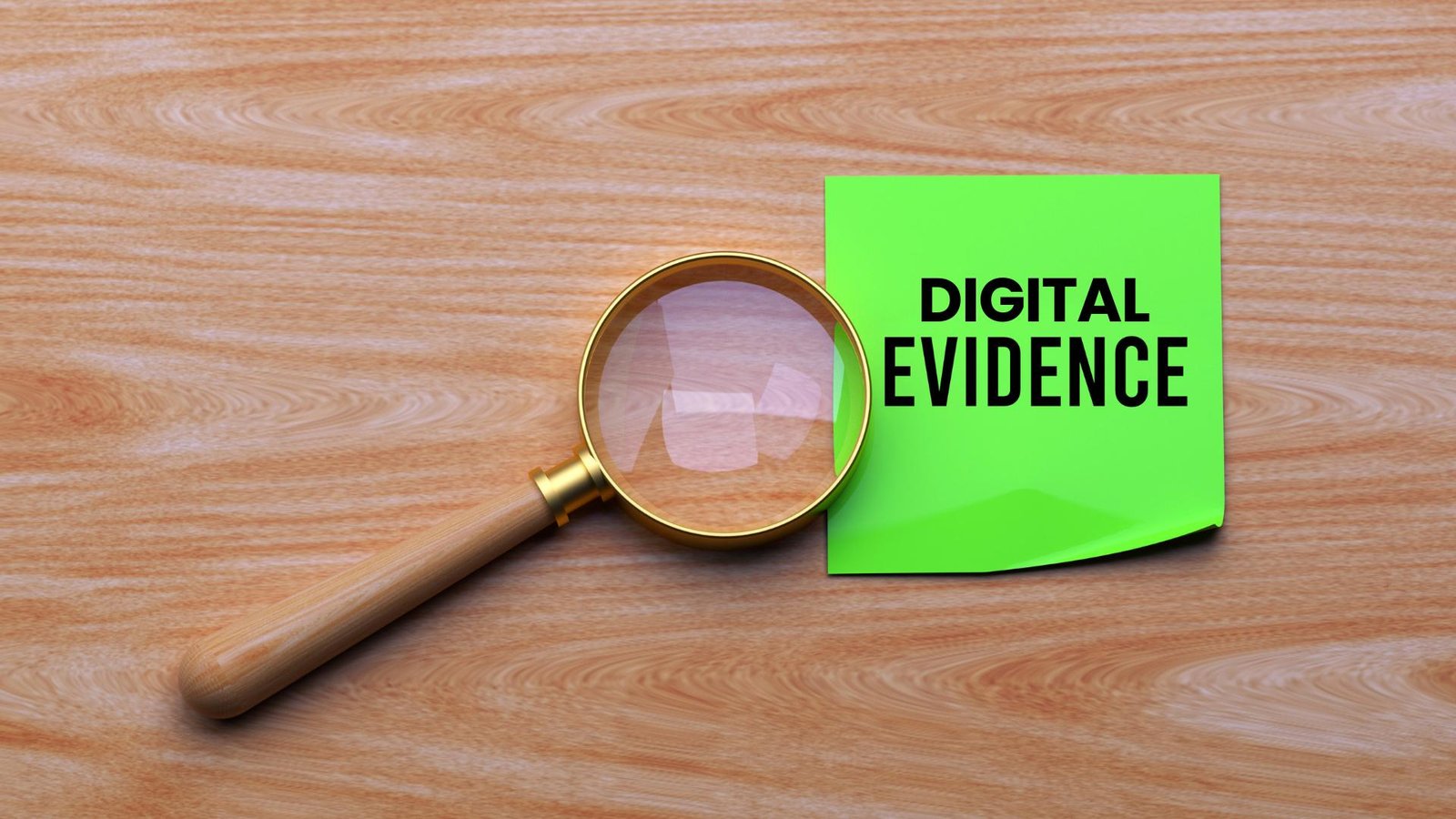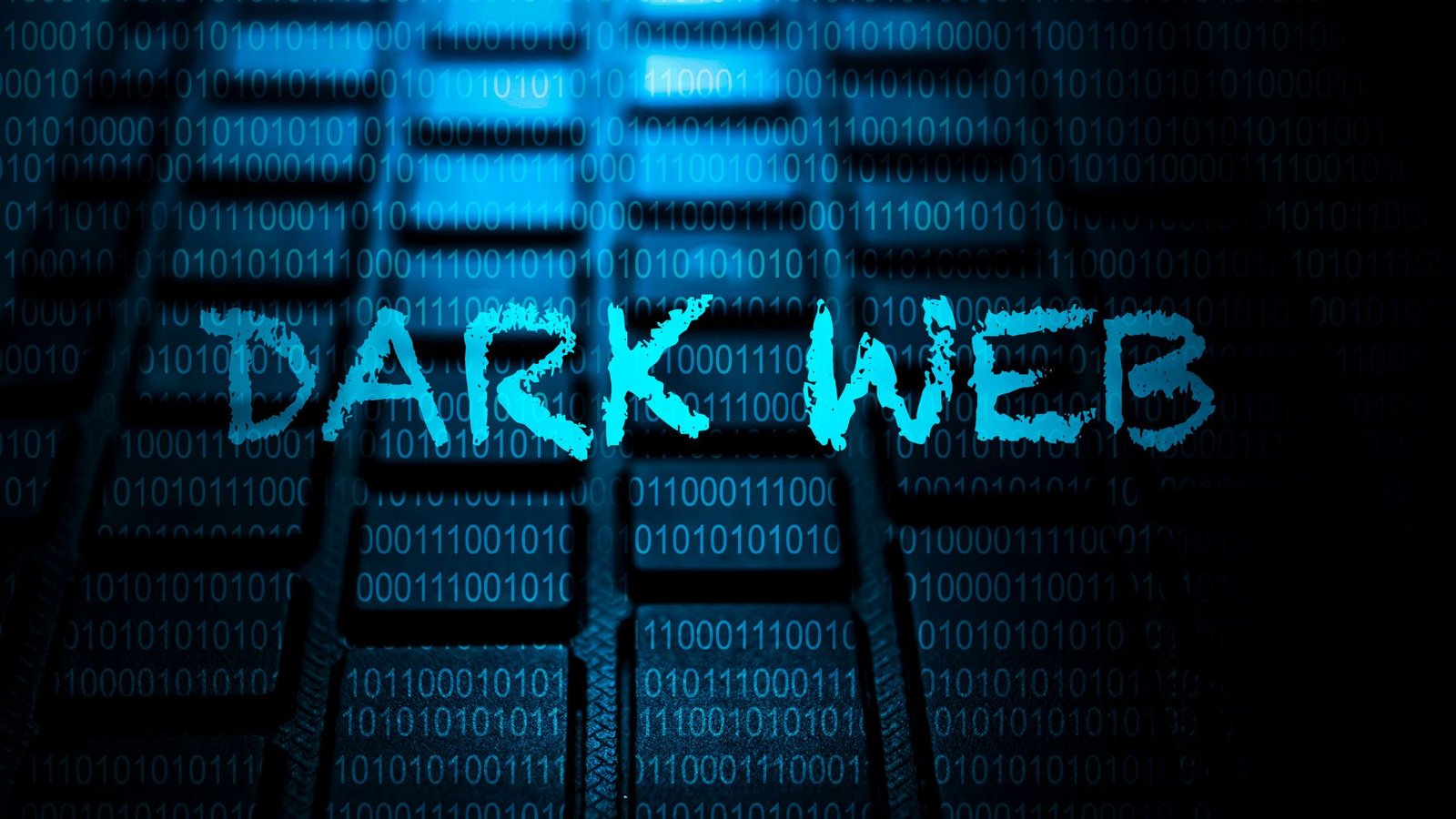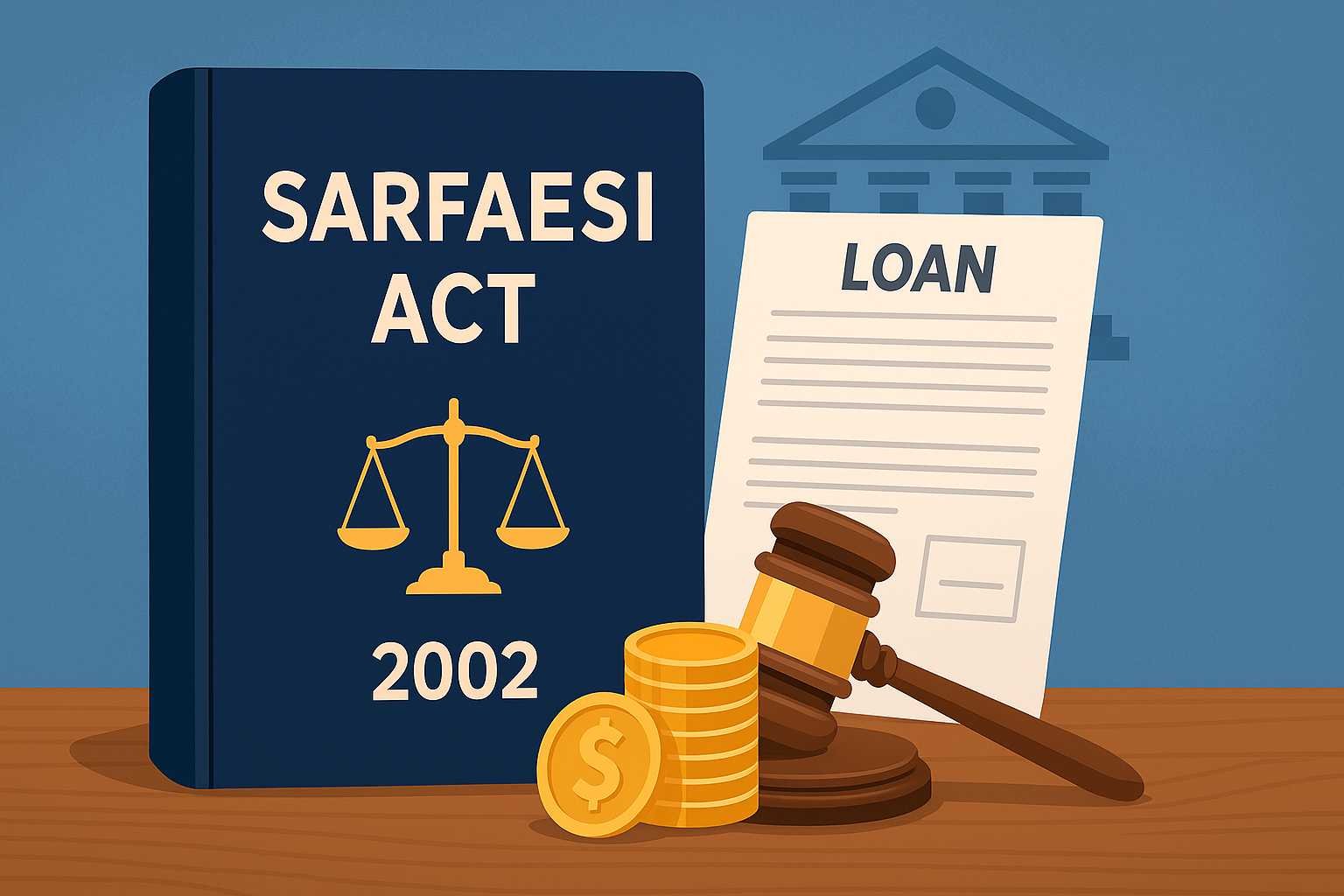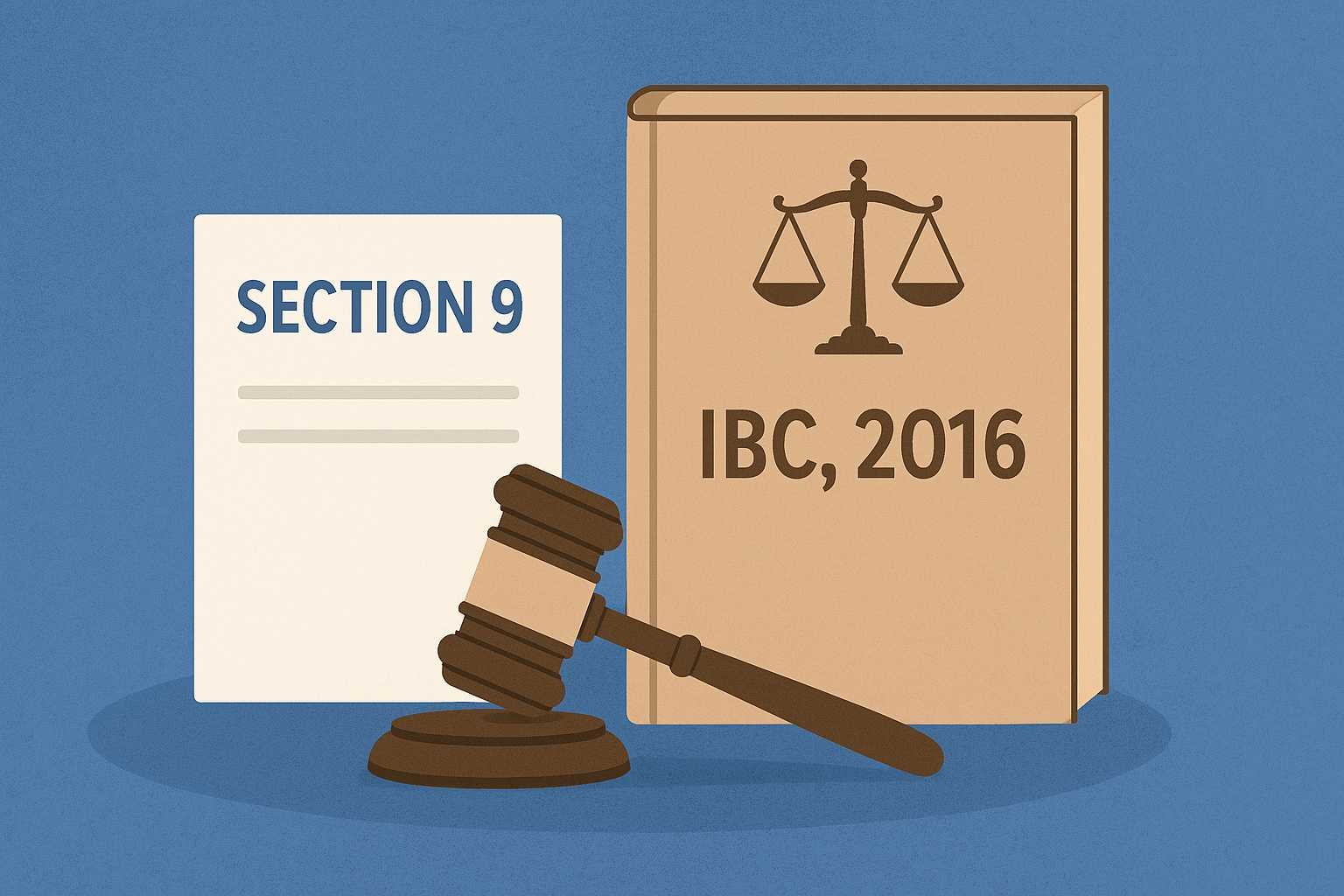On this page you will read detailed information about Importance of Digital Evidence in Criminal Investigations.
As an investigator, you know that digital evidence can make or break a criminal case. With technology advancing at a rapid pace, understanding how to properly collect and analyze digital evidence is more critical than ever. In this article, you will learn the fundamentals of digital forensics and gain insight into best practices for obtaining, authenticating, and presenting digital evidence. We will examine high-profile cases where digital evidence shaped the outcome and look at the latest tools and techniques investigators need to effectively leverage digital evidence. You will also find guidance on navigating the legal landscape around digital evidence collection and analysis. Mastering digital forensics is now an essential skillset for any investigator hoping to successfully resolve criminal cases in our increasingly digital world.
What Is Digital Evidence?
Electronic Records
Digital evidence refers to any electronic records that can be used as evidence in legal cases or investigations. This includes information stored on computers, mobile devices, online accounts, and storage media. Emails, text messages, photos, search histories, and social media posts are all examples of potential digital evidence.
Volatile and Non-Volatile Data
Digital evidence can be volatile or non-volatile. Volatile data is stored temporarily in a device’s memory and is lost when the device is powered off. Non-volatile data is stored on physical media like hard drives, flash drives, and memory cards and remains even after a device is shut down. Non-volatile data is more useful as evidence since it can provide a more comprehensive record of a user’s online activities and communications.
Challenges and Considerations
While digital evidence can be crucial to solving crimes and prosecuting offenders, it also presents challenges. Digital evidence is fragile and can be easily manipulated, deleted, or corrupted. Proper procedures must be followed to preserve the integrity of electronic records during collection and analysis. Privacy and security concerns also apply, as sensitive personal information may be revealed during an investigation. Law enforcement must follow legal guidelines to obtain digital evidence to avoid civil rights violations.
Tools and Techniques
Sophisticated tools and techniques are often required to recover and analyze digital evidence. Forensic software can recover deleted files, crack passwords, extract metadata, and decode encrypted data. Hardware like mobile device crackers may be needed to bypass passcodes and access locked phones or tablets. Digital forensics experts use these technologies to find critical clues and piece together events surrounding a crime. Their skills are indispensable for conducting a thorough investigation in today’s highly connected world.
In summary, digital evidence refers to any electronic records that contain information relevant to legal proceedings. While digital evidence presents unique challenges, law enforcement agencies have developed methods to properly collect, analyze, and leverage electronic data to solve crimes. Digital forensics is a fast-growing field that applies cutting-edge tools and techniques to support criminal investigations in the digital age.
In the previous post, we had shared information about DigiLocker: Securely Store and Access Your Documents Online, so read that post also.
Types of Digital Evidence
Emails
Emails contain a wealth of information for investigators. The content, timestamps, and metadata of emails can provide insights into relationships, communications, and activities. Investigators analyze email headers, content, and attachments to uncover connections between individuals and events.
Social Media Posts
Social media platforms are a common source of evidence in investigations. Posts, messages, images, and other shared content on sites like Facebook, Twitter, and Instagram can reveal personal details, locations, affiliations, and more. Geotags embedded in posts may even indicate where the content was uploaded from.
Mobile and GPS Data
Location data from mobile devices and GPS systems provides a timeline of a person’s whereabouts and movements. Call records, cell tower connections, and GPS coordinates allow investigators to track locations and travel routes. This data is often used to place a suspect at or near the scene of a crime.
Computer Storage and Browsing History
A computer’s hard drive, external storage media, and browsing history contain a wealth of potential evidence. Investigators search for files, documents, images, and other data relevant to a case. Internet history and cached data show websites visited and searches conducted, which may point to a person’s interests, affiliations, and intent.
Security Camera Footage
Video from security cameras, traffic cameras, and other recording devices offers visual evidence to support an investigation. Footage is reviewed to identify people, vehicles, and events related to a criminal act. Timestamps on the video also provide a timeline for when and where events occurred. Multiple camera angles give investigators a more complete view of the scene.
In summary, digital evidence comes in many forms, from written communications and social media posts to location data, storage media, and video footage. When used together, these diverse data sources weave a story, filling in details to create a more complete picture of events for investigators to analyze.
Importance of Digital Evidence in Criminal Investigations
Digital evidence has become crucial in criminal investigations and prosecutions. With the proliferation of digital devices and online activities, digital evidence provides critical insights and clues for solving crimes.
Establishing Timelines and Locations
Digital evidence can help establish timelines by providing timestamps for calls, messages, logins and location data. Call logs, text messages and login records provide timestamps that indicate when a device was used. Location data, including cell tower records and GPS data, can track the location of a device over time. These digital records provide concrete evidence to verify or refute alibis and witness statements.
Identifying Relationships and Communications
By analyzing call and message records, investigators can identify relationships between suspects and map communication patterns. Even deleted messages may be recovered. Social media activity also provides a wealth of information about connections between individuals. Analyzing this digital evidence can reveal links that may not be obvious through other means.
Recovering Deleted Data
Deleted data from digital devices is often recoverable using forensic tools and techniques. Files, messages, images and other data that have been deleted are not fully erased from storage media like computer hard drives and cell phones. With the aid of forensic software, investigators can recover and reconstruct deleted data to uncover critical evidence.
Corroborating Witness Statements
Digital evidence provides concrete facts that can support or contradict witness testimony. Call logs, message records, online activity and GPS data give definitive proof of where individuals were, who they contacted and what they did at specific points in time. This evidence helps investigators determine the credibility of witness statements and identify false or mistaken testimony.
In summary, digital evidence has become essential for conducting thorough criminal investigations and securing convictions. When combined with traditional investigative techniques, the analysis of call logs, message records, online activity, GPS data and deleted files on digital devices provides concrete evidence that is difficult to refute. For these reasons, digital forensics has become a crucial tool in law enforcement.
Collecting and Preserving Digital Evidence
Secure the Digital Device
When collecting digital evidence, it is critical to properly handle and secure the devices involved. Turn off the device immediately to avoid deleting or overwriting data. Do not tamper with or access the device, as this can alter evidence. Store the device in a secure location away from magnetic fields which could damage storage media.
Create a Forensic Image
Creating an exact copy of the digital storage media is necessary for analysis and preservation of evidence. Use a write-blocker device to prevent writing to the drive during imaging. The forensic image can then be analyzed without fear of contaminating the original evidence. Multiple copies of the forensic image should be created in case of data corruption or loss.
Document the Process
Carefully document the entire process of collecting and preserving the digital evidence. Note the condition and settings of the device upon securing it. Record all steps taken during the forensic imaging process. Document the chain of custody by tracking who handled the evidence, when, and for what purpose. Meticulous documentation helps establish the credibility and integrity of the digital evidence in legal proceedings.
Choose Appropriate Tools and Techniques
Select forensic imaging tools and techniques that are specifically designed for collecting electronic evidence. Generic copying methods can miss critical deleted or hidden data. Forensic tools can recover more data and calculate hash values to verify the integrity of the data. Techniques like write-blocking help ensure the original evidence is unchanged during acquisition.
Following best practices for securing digital devices, creating forensic images, documenting the process, and using appropriate tools and techniques helps establish the credibility of digital evidence. Preserving the integrity of the data and chain of custody allows for the evidence to be legally admissible in court. With the prevalence of digital devices and cybercrime, digital forensics has become crucial for law enforcement in criminal investigations.
Analyzing and Authenticating Digital Evidence
Capturing Evidence
The first step in analyzing digital evidence is capturing and acquiring the data. Investigators must properly seize digital devices like computers, external storage media, and mobile phones that may contain relevant evidence. They should follow strict procedures to avoid altering or damaging the data during the seizure process. The evidence must be thoroughly documented to establish a clear chain of custody.
Extracting and Preserving Data
Forensic examiners then create cloned copies of the data to preserve the original evidence. They use specialized software to extract and analyze the contents of files, folders, storage media, and device memory. Even deleted data may be recovered and analyzed. Strict anti-contamination procedures are followed to avoid influencing the results of the examination.
Searching and Reviewing
Examiners conduct keyword searches to uncover relevant communications, documents, images, and other data. They review browser histories, messaging applications, social media accounts, and document metadata to piece together a timeline of events. Locating and analyzing inconsistencies or suspicious gaps in the data can provide valuable clues. Although this process can be tedious and time-consuming, it is crucial for identifying both inculpatory and exculpatory evidence.
Verifying Authenticity
Finally, examiners must determine whether the evidence they have uncovered is authentic and probative. They check for any signs that the data has been altered, deleted, or planted. If the evidence seems legitimate, they compare it against information from other sources to look for corroborating details. Examiners can also analyze metadata, file signatures, and device configurations to match the electronic evidence to a particular user or device. Their findings and expert analysis can provide investigators and legal professionals with crucial insights to support criminal charges or clear suspects.
In summary, properly analyzing and authenticating digital evidence requires methodical acquisition, extraction, review, and verification of electronic data. When done thoroughly and responsibly, digital forensics can reveal critical details that might otherwise remain unseen.
Presenting Digital Evidence in Court
Presenting digital evidence in court requires careful preparation and handling. As an investigator, you must ensure the evidence is legally obtained, properly preserved, and able to withstand scrutiny under cross-examination.
Legality
First, confirm that any electronic evidence such as computer files, mobile phone records or surveillance footage were obtained legally through appropriate warrants or owner consent. Illegally obtained evidence may be ruled inadmissible.
Preservation
Next, take steps to preserve the integrity of digital files. Make a forensic copy of any storage media to safeguard the original evidence. Store copies in a secure location with limited access to avoid tampering or deletion. Note the “chain of custody” to track who has accessed the files.
Authentication
To have electronic evidence admitted in court, you must be able to authenticate it by demonstrating it is an unaltered original. Work with digital forensics experts to analyze files for signs of modification. Be prepared to explain how you obtained the evidence, where and how it was stored, who had access and how you verified it was unchanged.
Presentation
When presenting technical evidence in court, make your testimony clear and accessible to non-experts. Use simple terms to explain how you examined the files and what you found. Walk the judge or jury through your methods and conclusions step-by-step. Be open to questions from the defense on your techniques and findings. Your goal is to demonstrate the evidence is reliable and supports the facts of the case.
With systematic handling and a meticulous presentation of how you obtained and analyzed the data, digital evidence can provide a persuasive tool for the prosecution. However, it requires diligence and transparency to build a case that will stand up to scrutiny in court. By following best practices for dealing with electronic evidence, you can help ensure justice is served.
Digital Evidence Admissibility Concerns
When collecting and presenting digital evidence in criminal investigations and legal proceedings, several factors must be considered regarding its admissibility. Investigators must follow proper procedures to acquire digital evidence legally and ensure its integrity is maintained.
Digital evidence like electronic documents, multimedia files, and data from mobile devices and cloud services must be authenticated to be admissible in court. This requires proving the evidence is what it purports to be and has not been altered. Investigators should document the source of the evidence and chain of custody to establish its authenticity.
Relevance is another concern. The evidence must directly relate to and support the matter being investigated. Irrelevant evidence will likely be excluded. Investigators must evaluate how strongly the evidence supports the facts of the case.
Hearsay rules may also apply to digital evidence like text messages, social media posts, and electronic communications. Hearsay refers to statements made outside of court used to prove the truth of the matter asserted. Some exceptions apply, but investigators should be prepared to address hearsay objections.
Privacy issues must be considered with digital evidence, especially that obtained from personal devices and accounts. Search warrants, subpoenas, and owner consent are typically required to access and collect such evidence legally while respecting privacy rights.
Digital evidence must also be reliable to be admissible. Factors like the competency of the investigator, accuracy and dependability of the systems and tools used, and proper documentation of procedures can determine reliability. Unreliable evidence may be excluded.
By following best practices for identifying, acquiring, and preserving digital evidence, investigators can improve its admissibility in legal proceedings. Authentication, relevance, hearsay, privacy, and reliability are all important concerns that must be addressed to use digital evidence effectively in criminal cases. When done properly, digital evidence can be a compelling form of evidence for proving guilt or innocence.
Emerging Technologies for Digital Forensics
Digital forensics experts have a variety of tools at their disposal to extract and analyze data from electronic devices. As technology advances, new tools are continuously being developed to keep up with changes in digital storage media and file formats. Some of the emerging technologies that are shaping the future of digital forensics include:
Artificial Intelligence and Machine Learning
Artificial intelligence (AI) and machine learning are being applied to help automate many of the tasks involved in digital forensics, such as filtering and classifying data. AI can also be used to detect patterns and anomalies that may indicate illegal activity. Machine learning algorithms can be trained on large datasets to identify indicators of crimes like fraud, network intrusions or child pornography.
Cloud Forensics
As more data is stored in the cloud, cloud forensics has become crucial for accessing and analyzing that data. Investigators need tools and techniques for acquiring and preserving data from cloud service providers like Dropbox, Google Drive and Microsoft OneDrive. They also require the skills for reconstructing data and tracking access to cloud accounts.
Live Forensics
With live forensics, investigators can acquire and analyze data from active systems. They use tools that allow them to extract information from RAM, running processes and network connections on live machines. Live forensics provides a snapshot of a system at a precise point in time, which can reveal valuable evidence that may be lost on system shutdown. However, live forensics also introduces more complexity as the system state is constantly changing.
Mobile Forensics
As mobile devices have become an essential part of our lives, they have also become important sources of evidence in many investigations. Mobile forensics tools allow investigators to extract and analyze data from smartphones and tablets. Investigators need to keep up with the latest models of mobile devices and operating systems to ensure they have the proper tools, techniques and skills to acquire and interpret mobile data.
Emerging technologies like AI, live forensics and cloud forensics are enabling digital forensics experts to gain access to more data sources and uncover crucial evidence. However, these technologies also bring new challenges that require continuous learning and adaptation to overcome. With rapid technological changes, digital forensics is an ever-evolving field.
Digital Evidence FAQs
Digital evidence refers to any information stored or transmitted in digital form that can be used as evidence in criminal investigations. As technology becomes more integrated into our daily lives, digital evidence is becoming increasingly important for solving crimes. Here are some frequently asked questions about digital evidence:
Some common types of digital evidence include:
I) Emails, text messages, and social media communications. These provide a record of communications that can reveal relationships, locations, and intentions.
II) Internet browsing history and search terms. This data can show areas of interest and provide clues to a person’s state of mind or intentions.
III) GPS information. Data from mobile devices, vehicles, and fitness trackers can track a person’s location and movements.
IV) Photos and videos. Visual media may capture criminal acts as they occur or provide images of people, places, or events related to a crime.
V) Computer files. Documents, spreadsheets, and other files may contain information directly related to criminal plans or activities.
Digital evidence is collected using specialized tools and techniques to extract data from digital devices and storage media. Law enforcement then analyzes the data to find information relevant to the case. Trained digital forensic examiners and investigators review the data, piece together relationships between people and events, and look for clues that might otherwise go unnoticed.
Digital evidence provides an objective, factual record of events that can corroborate or refute witness testimony. It can place people at the scene of a crime, reveal relationships between suspects, or uncover criminal plans and intentions. In many cases, digital evidence provides the critical clues that allow investigators to solve crimes that might otherwise go unsolved.
As technology progresses, the role of digital evidence in criminal investigations will only become more significant. Understanding how to properly collect, analyze, and interpret digital evidence is crucial for any modern law enforcement agency. With the right techniques and expertise, digital evidence can be a powerful tool for achieving justice.
Conclusion
As a professional in the criminal justice field, you understand the critical role that digital evidence plays in building strong cases and securing convictions. With the prevalence of smartphones, social media, and other technologies, an increasing volume of evidence exists in the digital realm. By honing your skills in identifying, collecting, and examining digital evidence while ensuring proper procedures are followed, you position yourself at the forefront of this high-demand field. Your expertise aids the course of justice by unlocking insights from digital artifacts that otherwise may have remained hidden. Though ever-evolving technologies introduce new complexities, you must stay up-to-date on best practices and leverage the right tools to extract maximum value from evidence. With diligence and care, digital evidence allows the truth to come to light.
Disclaimer
The information and services on this website are not intended to and shall not be used as legal advice. You should consult a Legal Professional for any legal or solicited advice. While we have good faith and our own independent research to every information listed on the website and do our best to ensure that the data provided is accurate. However, we do not guarantee the information provided is accurate and make no representation or warranty of any kind, express or implied, regarding the accuracy, adequacy, validity, reliability, availability, or completeness of any information on the Site. UNDER NO CIRCUMSTANCES SHALL WE HAVE ANY LIABILITY TO YOU FOR ANY LOSS OR DAMAGE OF ANY KIND INCURRED AS A RESULT OR RELIANCE ON ANY INFORMATION PROVIDED ON THE SITE. YOUR USE OF THE SITE AND YOUR RELIANCE ON ANY INFORMATION ON THE SITE IS SOLELY AT YOUR OWN RISK. Comments on this website are the sole responsibility of their writers so the accuracy, completeness, veracity, honesty, factuality and politeness of comments are not guaranteed.
So friends, today we talked about Importance of Digital Evidence in Criminal Investigations, hope you liked our post.
If you liked the information about Importance of Digital Evidence in Criminal Investigations, then definitely share this article with your friends.
Knowing about laws can make you feel super smart ! If you find value in the content you may consider joining our not for profit Legal Community ! You can ask unlimited questions on WhatsApp and get answers. You can DM or send your name & number to 8208309918 on WhatsApp








